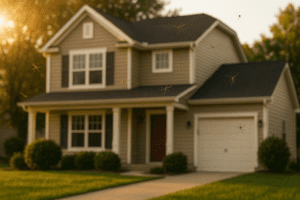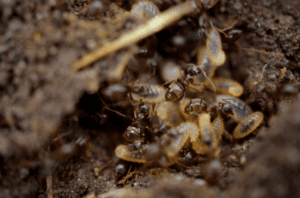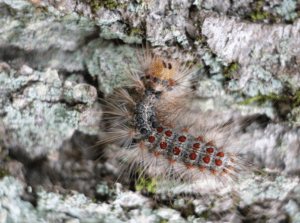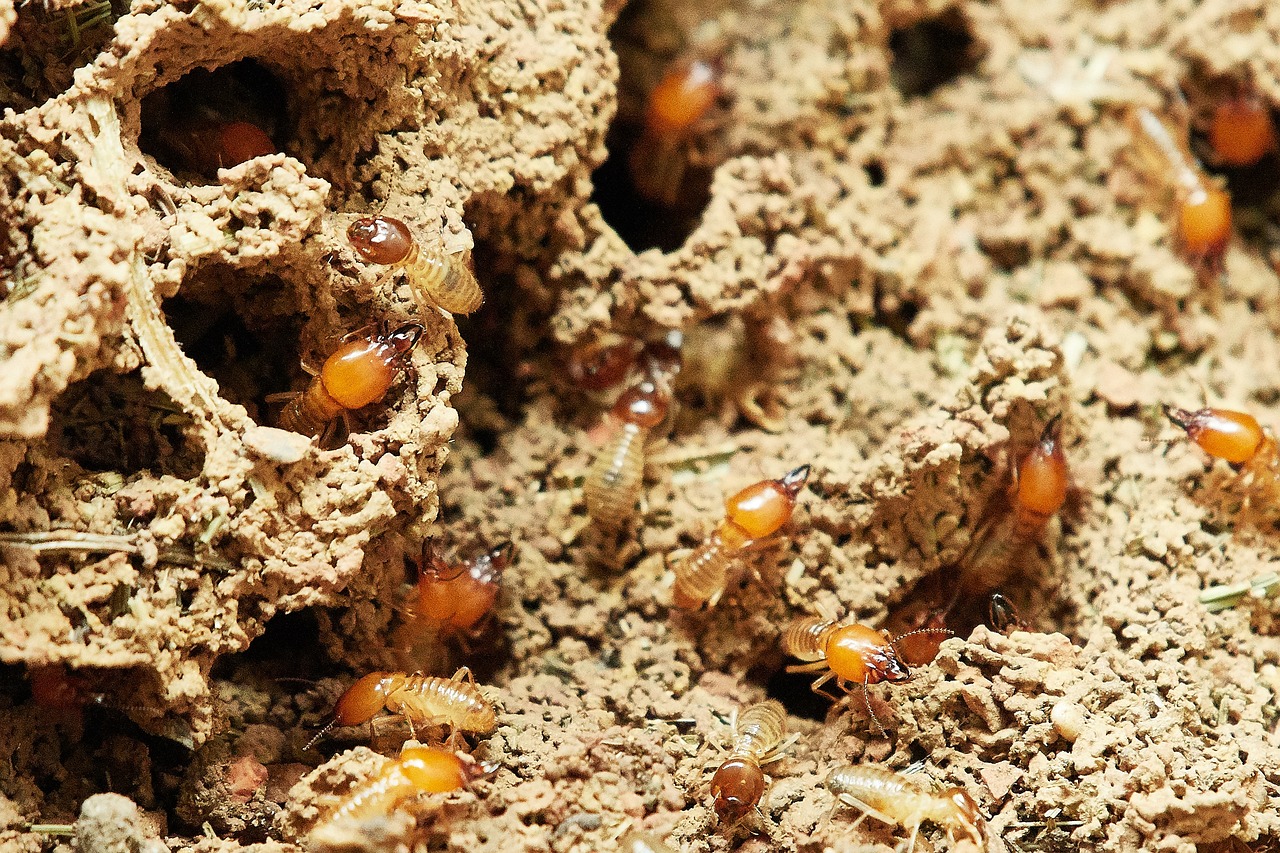
From the stealthy subterranean termites that undermine foundations to the elusive drywood termites silently devouring wooden structures, and the moisture-loving dampwood termites found in natural habitats – this guide delves into the diverse world of termite species. Read on to learn about the hidden lives of these tiny yet powerful insects, examining their preferences, impacts, and the measures used to manage the toll they take on your property.
Signs Of A Termite Infestation
Before we get into the different types of termites, let’s go over what to look for if you think you may have termites on your property. Signs of a termite infestation include:- Mud tubes on exterior walls, indicating subterranean termite activity
- Damaged or hollow-sounding wood, particularly with intricate tunnels
- Discarded termite wings near windowsills or light sources
- Small piles of pellet-like fecal matter, known as "frass," beneath exit holes
- Sagging or bubbling paint and buckling floors
- Clicking sounds from walls, especially at night
- Doors and windows that suddenly become difficult to open
Subterranean Termites
Appearance Subterranean termites are the most common type of termite, as well as the smallest. They are pale insects with soft bodies, measuring about ¼ to ½ inch in length. They have straight antennae and segmented bodies with a straight waistline. They are often cream or light brown in color. Habitat Subterranean termites live primarily underground, building intricate colonies that can extend beneath soil and structures. They construct elaborate tunnel systems to access their food source. These colonies are located close to moisture sources, as subterranean termites require high humidity to survive. They create mud tubes to travel above ground, connecting their nests to wood sources. This hidden lifestyle helps them avoid light and moisture loss. Subterranean termites are known for causing significant structural damage as they feed on wood and other cellulose materials while remaining concealed in their underground habitats. Preferred Wood Types Subterranean termites have a strong appetite for cellulose-rich materials found in various types of wood. They prefer softwood, particularly from pine and spruce trees, due to its higher cellulose content and easier digestion. However, they can infest and feed on a wide range of wood species, including hardwoods like oak and maple. Moist, decaying, or untreated wood is more susceptible to their attacks. Structures made from these woods, as well as wooden items in contact with soil, are at risk. Common Subterranean Termite Species At least 7 species of subterranean termites are commonly found in the U.S., including:- Eastern subterranean termite (the most common species of termite)
- Arid land subterranean termite
- Dark southeastern subterranean termite
- Desert subterranean termite
- Formosan subterranean termite
- Light southeastern subterranean termite
- Western subterranean termite
Drywood Termites
Appearance Drywood termites are larger than subterranean termites, but smaller than dampwood termites. They are the second most common termite type, and they are roughly ¼ to ⅜ inch long. They have six legs, straight antennae, and a compact, oval-shaped body. Their color ranges from light tan to dark brown. Habitat Drywood termites live within the wood they infest, without the need for soil contact. They colonize dry, sound wood in structures, furniture, or dead trees, causing damage from within. Unlike subterranean termites, they don't construct mud tubes or rely on soil moisture. These termites create galleries and chambers in the wood where they live, feed, and reproduce. Drywood termites are well-adapted to arid environments and thrive in wooden materials with low moisture content, making them a challenging pest to detect and control. Preferred Wood Types Drywood termites prefer hardwoods with low moisture content, as they are adapted to arid conditions. Woods like oak, mahogany, and walnut are often targeted due to their density and durability. Drywood termites can infest various wooden items, including furniture, flooring, and structural components. They are particularly drawn to wood with minimal decay or moisture, making well-seasoned and treated wood less attractive to them. Their ability to thrive within dry environments allows them to exploit these types of wood, often causing damage that's harder to detect due to their hidden presence inside the infested material. Common Drywood Termite Species The three species of drywood termites that are commonly found in the U.S. are:- Southeastern drywood termite
- Western drywood termite (also known as the desert drywood termite)
- West Indian drywood termite
Dampwood Termites
Appearance Dampwood termites are the largest kind of termite, reaching around ½ to ⅝ inch long. They have six legs, straight antennae, and a relatively elongated body. Their color varies, often being brown or tan. Habitat Dampwood termites typically inhabit wet or decaying wood in damp environments such as forests, woodpiles, or areas with water leakage. They are less likely to infest human structures unless those structures have high moisture levels. These termites have a preference for wood with a higher water content and are often found in naturally damp habitats. They do not require contact with soil and lack the complex tunneling systems of subterranean termites. While essential for breaking down dead trees in ecosystems, dampwood termites can become pests when they infest moisture-compromised structures, leading to localized damage. Preferred Wood Types Dampwood termites are drawn to moist or decaying wood, particularly in natural environments. They primarily target damp, waterlogged wood from trees, logs, and stumps, where their feeding helps break down dead plant matter. Dampwood termites infest wood with high water content, often found in wetlands, forests, and areas prone to water accumulation. Unlike other termite species, they're less likely to invade human structures unless those structures have significant moisture problems. While ecologically beneficial for decomposition, their presence in structures can indicate underlying water damage and require moisture mitigation to prevent infestations. Common Dampwood Termite Species Some of the most common species of dampwood termites in the U.S. include:- Pacific dampwood termite
- Southern dampwood termite
- Western dampwood termite
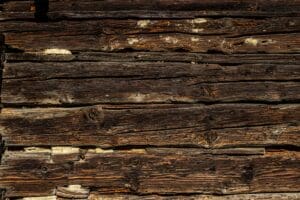
Preventing Termites
Preventing termite infestations involves several key steps:- Ensure proper drainage around your property to minimize moisture accumulation, which attracts termites.
- Maintain a gap between soil and wooden structures
- Use treated wood when building
- Regularly inspect your home or business's foundation, roof, and wooden components for signs of damage or mud tubes, and address any issues promptly
- Remove dead trees, stumps, and wood debris from your yard, as these can provide termite nesting sites
- Keep firewood and woodpiles away from your home or business's perimeter
- Implement effective ventilation and address leaks to reduce excess moisture
- Consider installing physical barriers like mesh screens around wooden structures
- Professional inspections and periodic maintenance are crucial for early detection and mitigation of termite risks.




